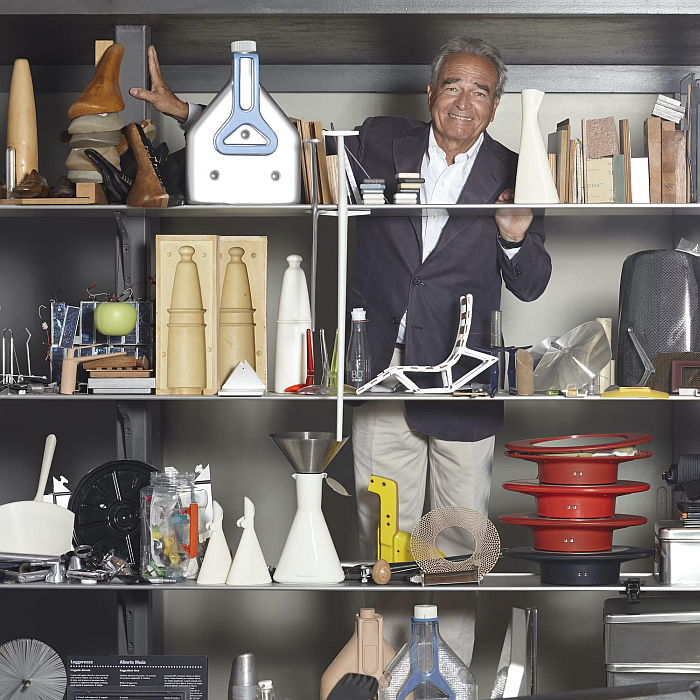In 1981 Irish stadium rockers U2 noted of October:
"And the trees are stripped bare, Of all they wear"
That of course was 1981, before the, then approaching but much less tangible, irreversible consequences of climate change meant that the trees in Ireland, and across Europe, still proudly wear their leaves throughout October. A new reality that, we'd argue, may soon see U2 forced to rename the song 'November'.
A reality, and a coming renaming, that sets the final line of the opening verse:
"What do I care?"
in a new, a troubling, and an important light.
One we all need to think about.
And little stimulates thoughts on contemporary and future society, contemporary and future relationships with the world around us, both the natural and humanmade, and forces a questioning of what we want, why we want it, and if we care, quite like an architecture and/or design exhibition.
Our five recommended new exhibition openings in October 2023 can be found in Chemnitz, Hornu, London, Brussels and Milan.......
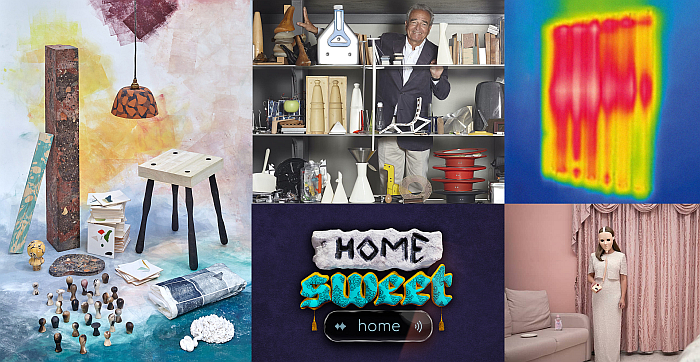
The neolithic tribe who inhabited the settlement at Skara Brae on Orkney, to the north of Scotland, employed local stones as shelving in their huts. Why? No one knows. But the fact they did, or certainly appear to have done, is an indication that even 5,000 years ago a house, a hut, a cave, was more than just a shell for protection from the elements and predators, and that there has long been a difference between existing and dwelling, between occupying a space and inhabiting that space. Between passivity and activity in relations to interior spaces.
With the exhibition Home Sweet Home the Staatliches Museum für Archäologie, Chemnitz, promise a presentation of some 450 objects via which they aim to explore, discuss, and elucidate the homes humans have made for themselves, and their families, across both the centuries of human civilisation, and as an archaeology museum their centuries go further back than those of most museums, and also across wide the physical expanses of our planet.
A geographic and temporal survey, and for all one undertaken though the archaeologists gaze, within the frameworks of contemporary archaeology rather than that/those of the historian, designer or architect, which should allow for some interesting and differentiated insights into not only our contemporary domestic arrangements, our contemporary domestic arrangements in context of the domestic arrangements of those who came (long) before us, but also on the relationships between, the inter-play between, the development and evolution of local and global human society and the development and evolution of the spaces we call home. And what we understand as home.
Home Sweet Home is scheduled to open at smac – Staatliches Museum für Archäologie Chemnitz, Stefan-Heym-Platz 1, 09111 Chemnitz on Friday October 27th and run until Sunday April 28th. Further details can be found at www.smac.sachsen.de
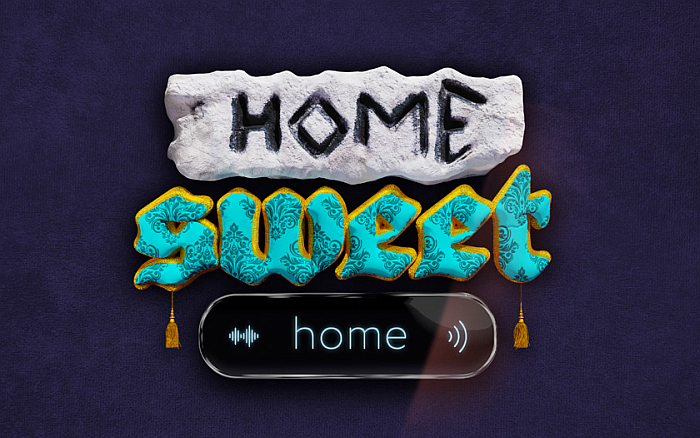
Contemporary discussions on working from home are, as with contemporary discussion on "new work", actually discussions about office home working, and "new office work", and that primarily because those who lead the discussions are journalists, academics, curators and others who work in offices and who all to often forget that the greater majority of people don't. And who also regularly forget the fact that homes have been places of work for centuries, both paid and unpaid work.
Promising a discussion based at four levels — the Home, the Workshop, the Residential Building and the Neighbourhood — populated by projects from a varied roster of international creatives including, and amongst many, many, others, Assemble, Camille Baudelaire, Enzo Mari, Hella Jongerius or Erwan Bouroullec, Home Made should be an informative reminder of that (hi)story of home working office workers regularly ignore, and also a reminder that the separation between home and work is a relatively new phenomenon, in many regards a consequence of the rise of industrialisation, the rise of industrial society, and thereby allow for reflections on the question what is, could be, should be, the relationship between home and workplace in not only a post-industrial society but one in which the experiences of the Covid years have fundamentally questioned the whats, why and wherefores of the daily trek to the office. And thereby offer an alternative perspective on not just the home as a place of work, but work as a component of contemporary and future society. And, arguably, also lead to a questioning of what is work? And why is work?
Home Made. Create, Produce, Live is scheduled to open at CID – centre d’innovation et de design au Grand-Hornu, Rue Sainte-Louise 82, 7301 Hornu on Sunday October 15th and run until Sunday February 11th. Further details can be found at www.cid-grand-hornu.be
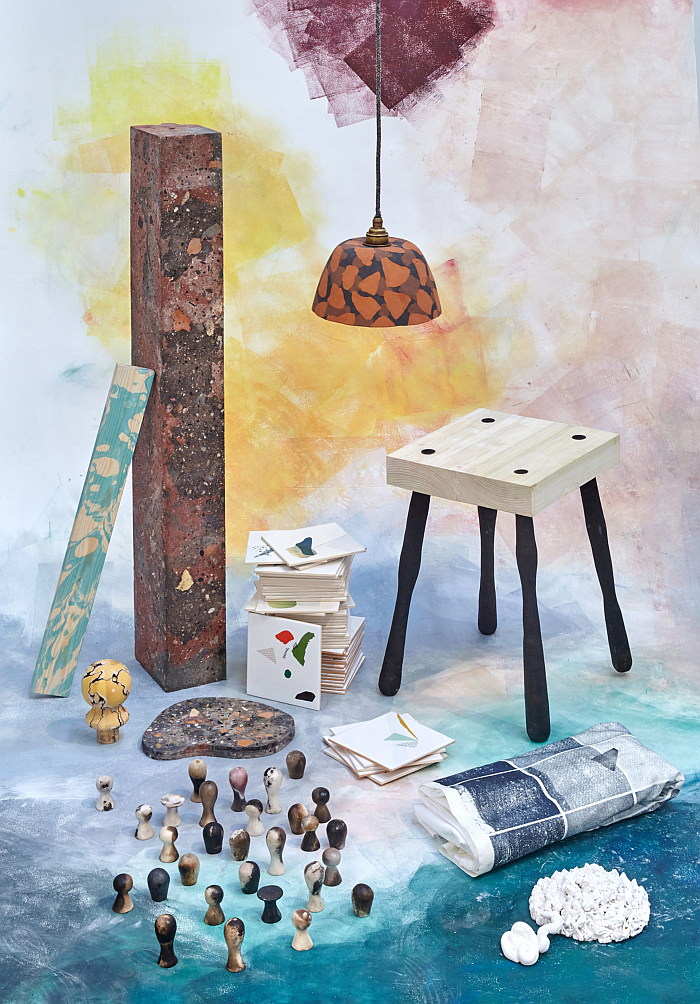
Arguably for as long as long as human civilisation has existed attempts have been made to define 'beauty', arguments have raged as to what is 'beautiful', and 'beauty' has been something to be strived for. An end in itself.
Be that 'beauty' of the individual human, 'beauty' of nature, 'beauty' of art, 'beauty' of utility objects, etc, etc, etc
But why? And at what price?
Promising a presentation based around three chapters exploring The Ideals of Beauty, The Industry of Beauty and Subverting Beauty, and illustrated, visualised, by some 200 artworks, objects, films, installations etc by the likes of, and amongst others, Xcessive Aesthetics, William Hogarth, Salvador Dalí or Cecilie Waagner Falkenstrøm, The Cult of Beauty will aim to explore 'Beauty' in terms of the social and cultural contexts in which it exists, in terms of, for example, the moral, age, race or racist, contexts in which its understandings have developed over time and geography, and in doing such should allow space for a differentiated questioning of the questioning of 'Beauty' that human society has so long obsessed over.
The Cult of Beauty is scheduled to open at 183 the Wellcome Collection, Euston Road, London NW1 2BE on Thursday October 26th and run until Sunday April 28th. Further details can be found at https://wellcomecollection.org
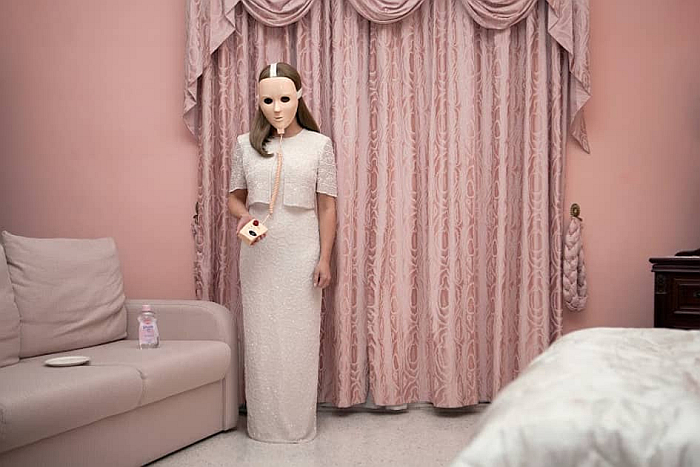
Power is, inarguably, one of the more important concepts of the 21st century: power as in 'energy' and questions where that comes from, how its employed, and who controls it; and power as in 'civics' and questions where that comes from, how its employed, and who controls it.
Questions that have long existed but which in the more recent decades of human civilisation have become increasingly inter-twinned, have become one and the same, fuel power ≡ political power.
Taking infrastructures as its focus and the roles and responsibilities of architects and designers as its question, Power promises a multi-disciplinary discussion on the path thus far travelled, the current realities and future scenarios featuring contributions from protagonists past and present as varied as, and amongst many, many, others, Monira Al Qadiri, Armin Linke, Buckminster Fuller, Bruno Latour or Fritz Haller, and in doing so should not only help reinforce the links between the various definitions of power, and the consequences of that linking/fusing, but underscore that power realities are based on decisions made and systems established and are not inevitable. And thus the necessity that we all join the debates.
Power is scheduled to open at CIVA, Rue de l’Ermitage 55, 1050 Brussels on Friday October 13th and run until Sunday February 25th. Further details can be found at https://civa.brussels
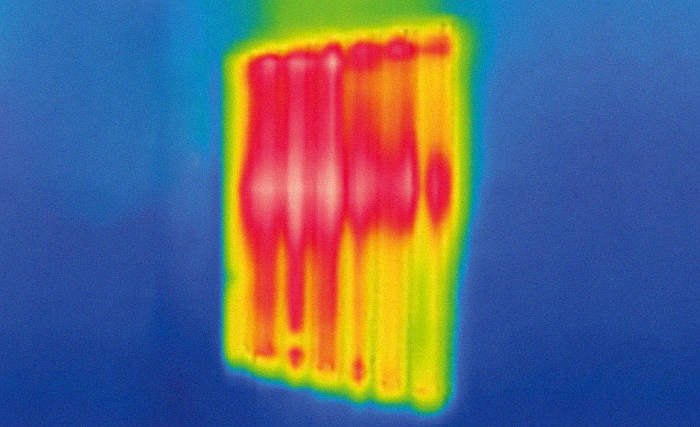
For all that Italian designer Alberto Meda is most famously known for his office chairs, in the course of his 50 year career he has not only developed projects across a wide range of genres, but also continually reflected on and refined his approach and methods.
Featuring works from across those decades and genres and promising a focus on, and insights into, those approaches and methods, on Meda as an engineer, a material scientist, a constructor, an artist as much as a designer, Tension and Lightness should help enable not only better informed appreciations of the work of Alberto Meda, but also allow for more probable appreciations of the importance and relevance of not only the work produced by Meda, but for all of the research and development work, both technical and conceptual, undertaking by Meda, and therefore allow for alternative insights into the work and relevance of a designer who through his quite, reserved, character, his utter lack of need to shout about himself, can be as easily overlooked on the helix of design (hi)story as the finesse, material competence, technical insight and poetry of his works all too often is.
Alberto Meda. Tension and Lightness is scheduled to open at the Museo del Design Italiano, Triennale Milano, Viale Alemagna 6, 20121 Milan on Friday October 6th and run until Sunday January 7th. Further details can be found at https://triennale.org
